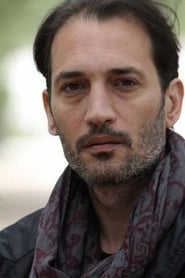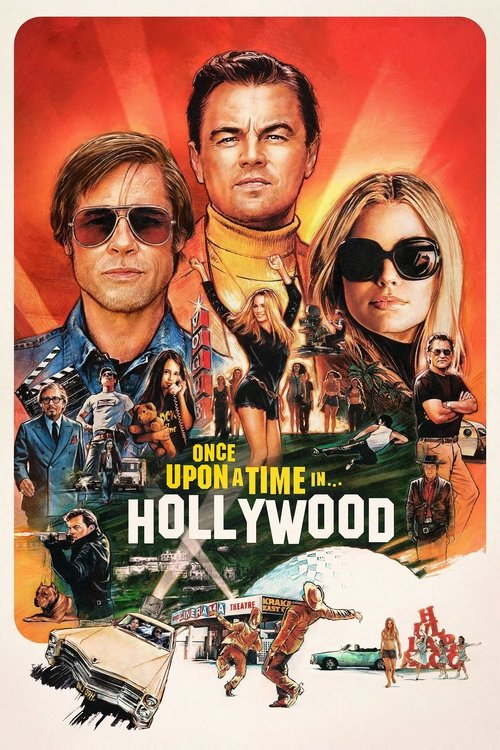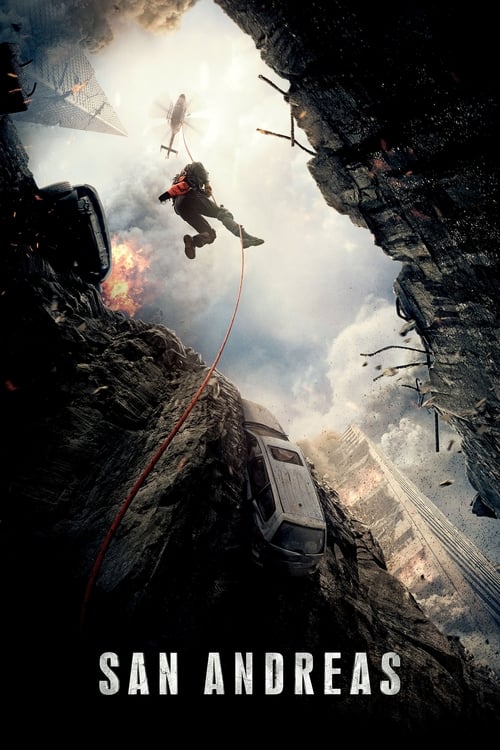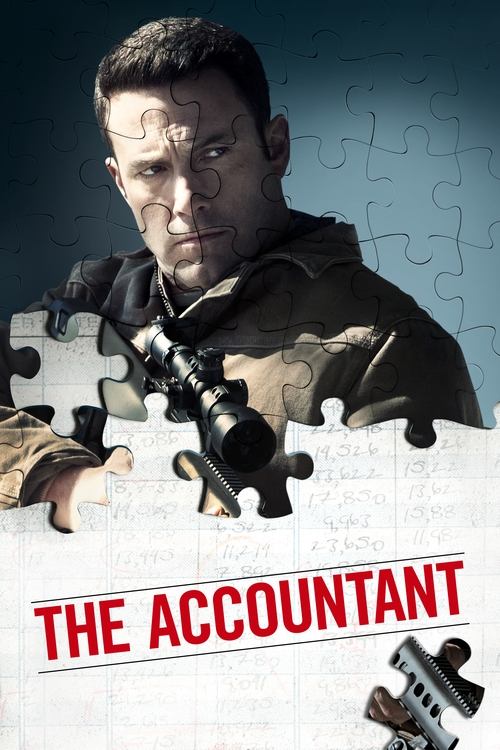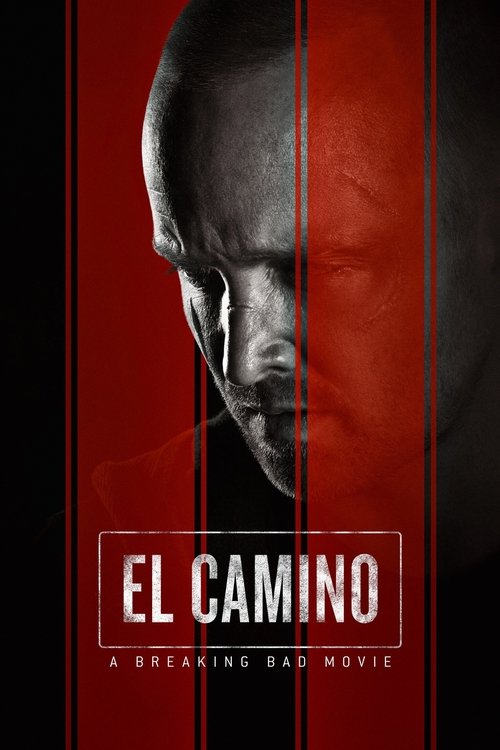
Ask Your Own Question
What is the plot?
In the vast, sun-bleached expanse of the Mojave Desert, Phoenix lives a life of stark solitude. The film opens with him stoically digging a hole in the barren earth, a monthly ritual he performs with mechanical precision. The date and time are never explicitly stated, but the setting is contemporary, and the relentless desert sun beats down on his isolated house--a sparse, weathered structure miles from any sign of civilization. Phoenix, played by Tom Sizemore, is a man burdened by a heavy past, a man who has exiled himself to this desolate place to escape the shadows that haunt him. Each month, he buries an unknown object in the desert, a symbolic act of trying to entomb his memories and guilt.
His isolation is punctuated only by the arrival of the mailman, the last tether to society. But this fragile connection shatters when the usual mail carrier is replaced by Ariel (Christina Bennett Lind), a young woman whose presence begins to unravel Phoenix's carefully constructed world. Ariel's arrival is quiet but profound; she is both a literal and figurative intrusion into Phoenix's solitude. Their first encounter is tentative, with Phoenix wary but unable to resist the pull of human connection. Ariel's voice, her curiosity, and her gentle persistence stir something long dormant in him. As she delivers the mail, she speaks to him, breaking the silence that has enveloped his life. Phoenix's guarded demeanor cracks, and Ariel slowly becomes an erotic fantasy figure in his mind, a bright spot in his otherwise bleak existence.
Nearby, Phoenix's neighbors Luigi (Luigi Jacuzio) and Charlotte (Charlotte De Bruyne) live with their son in a house that contrasts sharply with Phoenix's isolation. Luigi, an Italian expatriate, harbors resentment toward his son, and his marriage with Charlotte, a Belgian woman, is fraught with tension and bitter arguments. Their marital discord and familial strife provide a tense backdrop to Phoenix's story, highlighting different forms of human suffering and disconnection. The neighbors' world is noisy and conflicted, while Phoenix's is silent and self-imposed, yet both are marked by emotional pain.
As the days pass, Phoenix's interactions with Ariel grow more frequent and charged. He becomes obsessed with her, his thoughts consumed by her presence. The desert, once a place of refuge, now feels like a prison tightening around him. His internal struggle intensifies as he wrestles with memories of his past life as a stunt pilot--a career that ended in tragedy and left him emotionally scarred. Flashbacks hint at the ominous events that led him to this self-imposed exile, though the details remain shadowed, revealing only enough to understand his profound guilt and despair.
One evening, the fragile peace is shattered when two thugs arrive unexpectedly at Phoenix's house. Their visit is menacing, a stark reminder that the outside world's dangers have not forgotten him. Though the confrontation is brief, it escalates the tension and foreshadows the dangerous consequences Phoenix's unraveling may bring. The thugs' visit underscores the inescapability of his past and the precariousness of his current existence.
Throughout the film, Phoenix's monthly ritual of digging holes and burying objects continues, but the contents remain a mystery. These buried items symbolize his attempt to suppress memories and emotions he cannot face. Each hole is a silent testament to his ongoing battle with himself, a physical manifestation of the psychological weight he carries.
The climax builds as Phoenix's mental state deteriorates under the combined pressures of Ariel's intrusion, the neighbors' conflicts, and the resurfacing trauma of his past. His interactions with Ariel become more fraught; what began as tentative connection spirals into tension as he struggles to maintain control over his life. The film does not depict physical violence or deaths explicitly, but the emotional and psychological confrontations are intense and destructive.
In a pivotal moment, Phoenix confronts Ariel, his voice raw with desperation: "You don't understand what I'm trying to bury out here." This line encapsulates his torment--the buried secrets and pain he cannot escape. Ariel, sensing his fragility, tries to reach him, but Phoenix's defenses rise, and their relationship becomes a battleground of trust and fear.
Meanwhile, Luigi and Charlotte's marital strife reaches a boiling point, their arguments echoing across the desert, a stark contrast to Phoenix's silent suffering. Luigi's resentment toward his son adds another layer of tension, though no physical violence occurs. Their presence serves as a mirror to Phoenix's isolation, showing the different ways people cope with pain and broken relationships.
The film's final scenes are somber and ambiguous. Phoenix, overwhelmed by his internal demons and the external disruptions, appears to suffer a psychological breakdown. The desert remains vast and empty, a symbol of his ongoing imprisonment within his own mind. There is no clear resolution or redemption; instead, the film closes on a note of quiet despair, emphasizing the enduring nature of Phoenix's struggle.
No characters die on screen, and no direct confrontations result in fatalities. The story's power lies in its psychological depth and the emotional unraveling of its protagonist. Phoenix's past as a stunt pilot, the mysterious buried objects, and Ariel's role as both muse and catalyst intertwine to create a narrative about isolation, trauma, and the elusive hope for connection.
In the end, Phoenix remains a man trapped by his past and his own psyche, living in the endless expanse of the Mojave Desert, digging holes to bury not just objects, but the fragments of a life shattered by loss and regret. The film closes with the desert sun setting over the horizon, casting long shadows over the land and over Phoenix's soul, leaving the audience with a haunting image of solitude and unresolved pain.
What is the ending?
In the ending of "Calico Skies," the main character, a young woman named Lila, confronts her past and the choices she has made. She finds a sense of closure and acceptance, ultimately deciding to move forward with her life. The film concludes with Lila embracing her future, symbolized by her walking away from the place that held her memories, while the sun sets in the background.
As the final act unfolds, we see Lila standing at the edge of a familiar landscape, the golden hues of the sunset casting a warm glow over the fields. The air is thick with nostalgia, and Lila's expression is a mix of sadness and determination. She reflects on her journey, the relationships she has built, and the pain she has endured.
In a poignant scene, Lila visits the old barn where she spent countless hours with her childhood friends. The barn, now weathered and worn, serves as a metaphor for her own life--filled with memories, both joyful and painful. As she walks through the space, she touches the walls, recalling laughter and tears. This moment is crucial as it signifies her acknowledgment of the past, allowing her to let go of the burdens she has carried.
Next, Lila encounters her former love, a man named Jake, who has also been grappling with his own demons. Their conversation is charged with unspoken feelings and unresolved tension. Jake expresses his regrets and the choices that led them apart. Lila listens intently, her heart heavy with the weight of their shared history. This exchange is pivotal, as it highlights the theme of forgiveness and the importance of confronting one's past.
As the sun begins to dip below the horizon, Lila makes a decision. She tells Jake that while their time together was significant, she needs to move on for her own well-being. This moment is filled with emotional intensity, as both characters realize that their paths have diverged. Lila's choice to prioritize her own happiness is a powerful statement about self-empowerment and growth.
In the final scenes, Lila walks away from the barn, her silhouette framed against the vibrant sky. The camera lingers on her figure as she strides confidently toward an uncertain future. The music swells, underscoring her resolve. The film closes with a shot of the landscape, a reminder of the beauty that lies ahead, symbolizing hope and new beginnings.
The fates of the main characters are intertwined with this theme of moving forward. Lila, having faced her past, is ready to embrace her future. Jake, while left behind, is given the opportunity to reflect on his choices, suggesting a potential for growth in his own life. The film ends on a note of optimism, emphasizing the importance of letting go and the possibility of new beginnings.
Is there a post-credit scene?
In the movie "Calico Skies," there is no post-credit scene. The film concludes its narrative without any additional scenes or content after the credits roll. The story wraps up with a focus on the emotional journeys of the characters, leaving the audience with a sense of closure regarding their arcs and the themes explored throughout the film.
What are the key events that lead to the climax of the film?
Key events include Sam's initial return to the town, his emotional encounters with Lily, and the confrontation with his family, all of which build tension and lead to a pivotal moment where Sam must make a choice about his future.
What motivates the main character, Sam, to return to his hometown?
Sam is driven by a deep sense of nostalgia and unresolved feelings about his past, particularly his relationship with his childhood love, which compels him to confront his memories and the choices he made.
How does the relationship between Sam and his childhood love, Lily, evolve throughout the film?
Initially, their relationship is marked by a sense of longing and unfulfilled potential, but as they reconnect, they navigate their past and present emotions, leading to moments of vulnerability and rekindled affection.
What role does the setting of the small town play in the story?
The small town serves as a character in itself, representing both a place of comfort and a source of conflict for Sam, as it embodies his past while also challenging him to confront the life he left behind.
How does Sam's relationship with his family impact his journey in the film?
Sam's strained relationship with his family, particularly with his father, adds layers of complexity to his character, as he grapples with feelings of guilt and the desire for reconciliation while trying to forge his own identity.
Is this family friendly?
"Calico Skies," produced in 2017, is a drama that explores themes of love, loss, and personal growth. While the film is not overtly graphic, there are several elements that may be considered potentially objectionable or upsetting for children or sensitive viewers.
-
Emotional Turmoil: The film delves into deep emotional struggles, including themes of grief and heartbreak, which may be intense for younger audiences.
-
Family Conflict: There are scenes depicting familial disagreements and tensions that could be distressing, particularly for children who may not understand the complexities of adult relationships.
-
Loss and Mourning: The narrative includes moments of mourning and reflection on loss, which could evoke strong emotions and may be difficult for sensitive viewers to process.
-
Romantic Relationships: The film features romantic elements that may include discussions or depictions of relationships that could be confusing for younger viewers.
-
Life Challenges: Characters face various life challenges that may include themes of disappointment and struggle, which could be heavy for a younger audience.
Overall, while "Calico Skies" is not explicitly inappropriate, its emotional depth and mature themes may require parental guidance for younger viewers.












